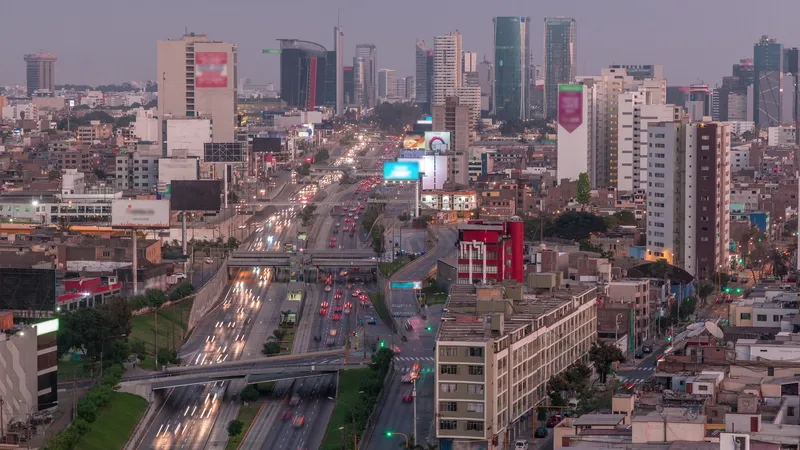TomTom has launched its first quarterly Congestion Index that identifies and analyses traffic congestion in major cities across Europe. The report, initially covering 31 cities, finds Warsaw the most congested city in Europe. On average, journey times in Warsaw are 42 per cent longer than when traffic in the city is flowing freely and 89 per cent longer during morning rush hour.
July 11, 2012
Read time: 1 min
RSS1692 TomTom has launched its first quarterly Congestion Index that identifies and analyses traffic congestion in major cities across Europe. The report, initially covering 31 cities, finds Warsaw the most congested city in Europe. On average, journey times in Warsaw are 42 per cent longer than when traffic in the city is flowing freely and 89 per cent longer during morning rush hour.
Marseille, in France, took second place, followed by Rome, Brussels, Paris, Dublin, Bradford-Leeds, London, Stockholm, with Hamburg in Germany in 10th spot.
"When we combine this travel database with our detailed real-time traffic information and routing technology, we can not only pin point congestion, but can guide drivers away from congested areas onto faster routes," said Harold Goddijn, CEO of TomTom. "Even when only a percentage of drivers use a different and faster route, the available capacity on the entire road network increases, which benefits all drivers."
The TomTom Congestion Index, including individual city reports, can be found here.
Marseille, in France, took second place, followed by Rome, Brussels, Paris, Dublin, Bradford-Leeds, London, Stockholm, with Hamburg in Germany in 10th spot.
"When we combine this travel database with our detailed real-time traffic information and routing technology, we can not only pin point congestion, but can guide drivers away from congested areas onto faster routes," said Harold Goddijn, CEO of TomTom. "Even when only a percentage of drivers use a different and faster route, the available capacity on the entire road network increases, which benefits all drivers."
The TomTom Congestion Index, including individual city reports, can be found here.










